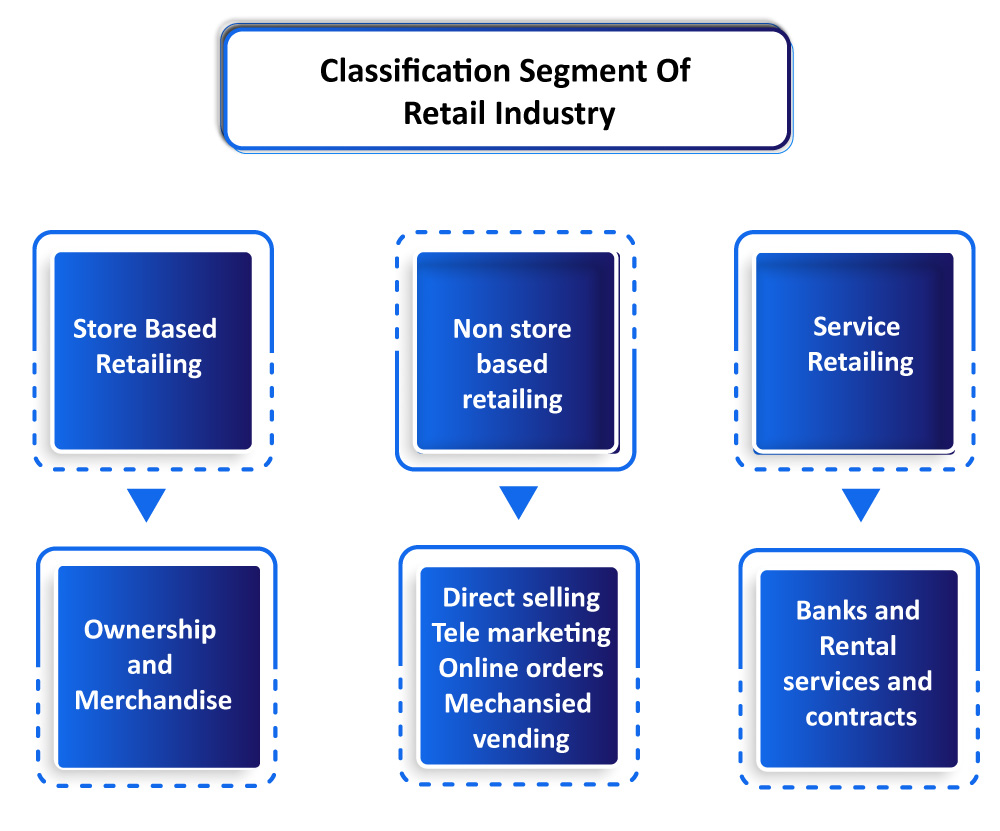Facts About Retail Industry - Enterprise Cloud Software - Infor Uncovered


Top Trends in the Retail Industry to Be Aware of in 2018 - Infiniti Research - Business Wire
Facts About 7 Retail Technology Trends Reviving the Stores in 2022 Uncovered
CBI websites typically utilize specific cookies to allow better interactions with our sites and services. Usage of these cookies, which might be stored on your device, permits us to enhance and personalize your experience. You can read more about your cookie options at our privacy policy here. By continuing to use this website you are granting these choices.

Vendors - Retail Business Services, LLC
The retail industry is the last step in the procedure of getting products to clients effectively, and must not be confused with the wholesale activities which precede it. The distinction in between the 2 is that wholesalers are companies that sell their items to services, whereas in retail, the products are sold directly to the customer.
Any company that offers products to specific consumers is a retail facility. There are lots of type of retail establishments: Department stores: a big retailer arranged into departments offering a range of merchandise and often forms the cornerstone of a shopping center, such as J.C. Penney's Discount rate shops: mass-merchandisers or subscription storage facilities, such as Costco Category killers: big stores that focus on one type of product, such as House Depot E-tailers: offer goods online, such as Amazon Specialized stores: focus on one item type and sell it in such a way that makes it distinct, such as The Body Shop Grocery stores: offer food and drink, such as Kroger and Jumbo Benefit stores: consist of gas stations and corner stores Retail facilities are a huge industry with $4 trillion of income in the U.S.

7 Easy Facts About Retail Products & Services Industry - Franchises & Businesses Shown
There are various retail sectors: automobile and parts, which includes the sale of new and secondhand vehicles and comprises 25% of sales in this market; specialized stores that comprise 19% of sales; basic merchandise along with food and beverage, each of which composes 15% of sales; corner store that represent 10%; and constructing product and non-store sellers; each comprises 8% of the sales for the market.

Retail and Consumer Translation Services - TJC Global
It used to be consisted of a wealth of little, frequently family-operated stores, department shops, and shopping center. Go Here For the Details , however, it is significantly more common to see individuals doing their shopping in large mass merchandise stores, specialty shops, or online. Amongst retail facilities, the obvious leader is Wal-Mart. Due to its large size; it can economies of scale exceeding those of other business, with the influence in the bargaining room to match.
